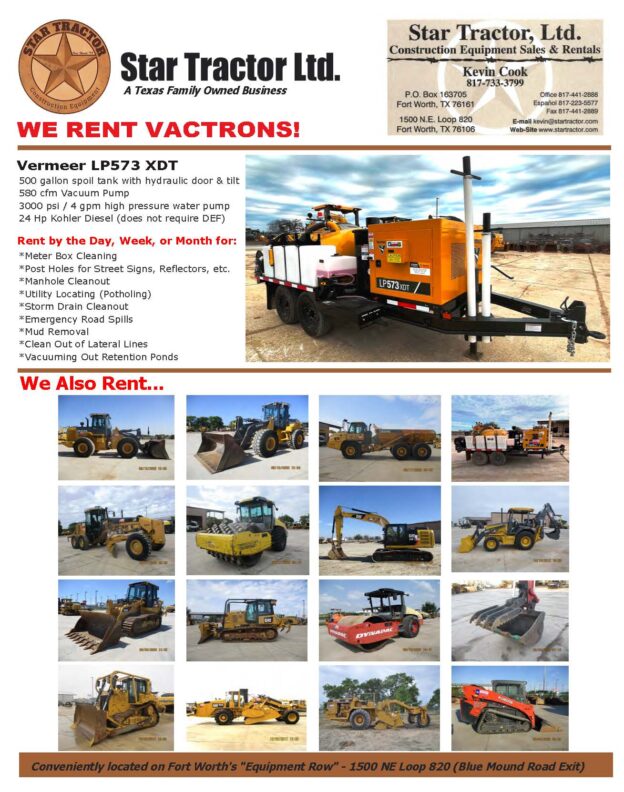Managing a fleet of heavy equipment involves many moving parts and requires careful planning, organization, and oversight. Whether you’re in charge of a small group of machines or a large operation, effective fleet management is vital for boosting productivity, minimizing downtime, and increasing profits. Here’s a guide to help you manage your heavy equipment fleet effectively.
1. Keep Detailed Records
Maintaining accurate records is the backbone of successful fleet management. Key areas to focus on include:
- Equipment Profiles: Record essential details for each machine, like make, model, serial number, purchase date, warranty, and specifications.
- Maintenance Logs: Document all maintenance work, including inspections, repairs, and routine tasks like oil changes.
- Utilization Records: Track how frequently equipment is used, what tasks it performs, and total operating hours.
- Fuel Usage: Monitor fuel consumption to pinpoint inefficiencies or issues.
- Operator Logs: Maintain records of who operates each machine and note any incidents.
Fleet management software can simplify this process by automating data collection and generating useful reports.
2. Prioritize Preventative Maintenance
Regular upkeep helps prevent breakdowns and prolongs the life of your equipment. Your maintenance plan should include:
- Routine Inspections: Perform inspections based on manufacturer guidelines or operating hours.
- Scheduled Servicing: Carry out essential tasks like oil changes, lubrication, and filter replacements.
- Predictive Maintenance: Use data from sensors and telematics to predict issues and schedule maintenance before problems arise.
Preventative care saves money by avoiding costly repairs and reducing downtime.
3. Leverage Telematics and Technology
Modern technology offers real-time insights into your fleet’s performance. Telematics systems can help you:
- Track Locations: Monitor equipment to prevent theft and optimize deployment.
- Assess Performance: Measure fuel consumption, engine hours, and overall efficiency.
- Plan Maintenance: Get alerts for upcoming maintenance and track service history.
- Improve Operations: Analyze operator performance and provide feedback to enhance safety and productivity.
4. Manage Parts Inventory Efficiently
Having the right parts on hand minimizes downtime during repairs. Tips for managing inventory include:
- Stock Key Items: Keep essential spare parts in stock to avoid delays.
- Monitor Inventory Levels: Track and reorder parts proactively.
- Work with Reliable Suppliers: Build strong relationships to ensure fast and consistent deliveries.
5. Train and Manage Operators
Your operators play a significant role in the efficiency and safety of your fleet. Focus on:
- Comprehensive Training: Ensure operators understand how to use equipment properly, follow safety procedures, and handle basic maintenance.
- Performance Monitoring: Track and review operator performance to improve efficiency and safety.
- Enforce Safety Standards: Implement strict safety rules to minimize risks.
6. Analyze Costs and Budget Effectively
Review your operating costs regularly to identify ways to save money. Consider:
- Fuel Efficiency: Monitor and find ways to reduce fuel consumption.
- Maintenance Costs: Analyze trends in repair and servicing expenses.
- Total Cost of Ownership (TCO): Factor in purchase price, fuel, maintenance, and depreciation to understand the true cost of each machine.
7. Plan Equipment Purchases and Disposal Strategically
Smart decisions about acquiring and retiring equipment are key to maximizing return on investment. Steps include:
- Evaluate Needs: Determine the right type and size of equipment for your projects.
- Rent or Buy: Compare the costs and benefits of renting versus owning.
- Develop a Disposal Plan: Decide when and how to sell or trade in equipment to get the best value.
By adopting these strategies, you can streamline your fleet operations, cut costs, and improve overall profitability. Stay proactive, embrace technology, and continually look for ways to improve your approach to fleet management.


